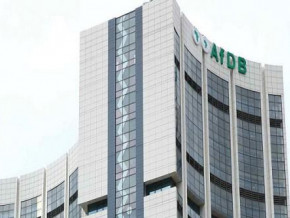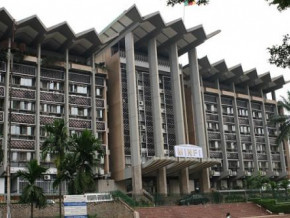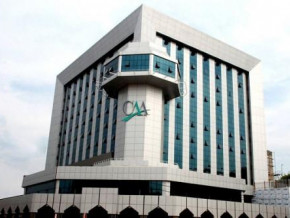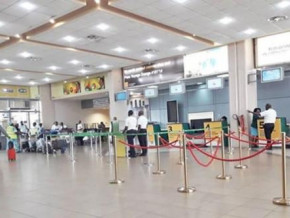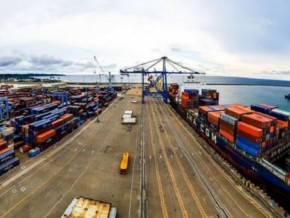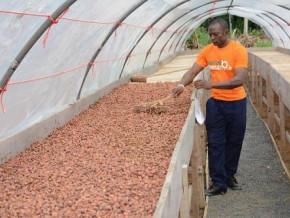
CEMAC: 80% of BEAC’s liquidity provisions captured by unqualified systemic banks
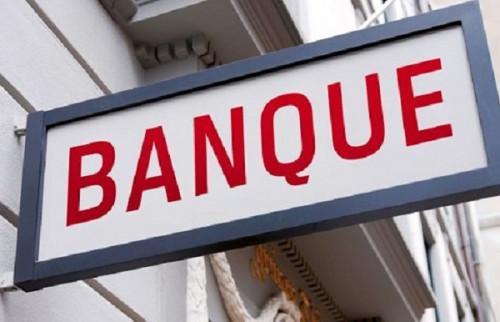
(Business in Cameroon) - In a recent report dedicated to CEMAC countries’ economy, it is revealed that about 80% of the liquidities injected by the BEAC was provided to three systemic banks.
The problem is, those institutions despite being “liquidity-stressed,” “have sufficient collateral to access normal monetary operations” while according to Abbas Mahamat Tolly, governor of the BEAC, the bank’s liquidity provision operations are destined to liquidity-stressed banks that do not have quality collaterals to access normal monetary operations.
The IMF named none of the three banks but the list of CEMAC’s systemic banks, published by the COBAC, narrows the field. Indeed, according to COBAC, there are ten systemic banks within the CEMAC region. They are namely, Afriland First Bank, BGFIBank Gabon, BGFIBank Congo, Bicec, CCEI Bank Equatorial Guinea, Commercial Bank Chad, Ecobank Cameroon, Société Commerciale de Banque Cameroon, Société Générale de Banques Cameroon, and Standard Chartered Bank Cameroon.
Reforms
To resolve this problem, the Bretton Woods institution informs, BEAC should have, since end-July 2019, elaborated a new regulation to monitor and help liquidity-stressed banks in the region.
This regulation should set specific criteria and require the presence of a credible funding strategy that will help them reduce, for a reasonable period, their liquidity needs. Banks that bypass the regulation should be sanctioned, the report suggests.
“Separately, COBAC, which oversees bank liquidity in CEMAC, plans to revise the prudential liquidity ratio towards international standards by end-2019,” the IMF adds
Consequences
“Against this background, BEAC’s total liquidity injections have decreased only gradually, by about CFAF 100 billion between June 2018 and May 2019, not keeping pace with the build-up of excess liquidity which reached about CFAF 1.5 trillion in the first quarter of 2019,” the IMF explains in the report.
Nevertheless, the reduction of these liquidity injections led to a rise from 3.52% to 5.85%, of the weighted average rate of liquidity auctions and a rise in the recourse to the marginal lending facility at a 6% interest rate.
Sylvain Andzongo and Aboudi Ottou
Mags frontpage
- Most read 7 days
- shared 1 month
- read 1 month



